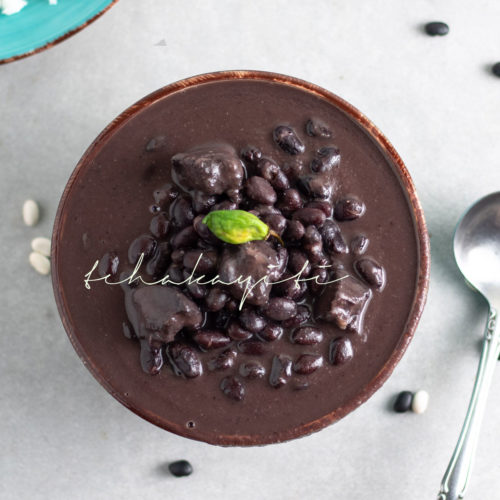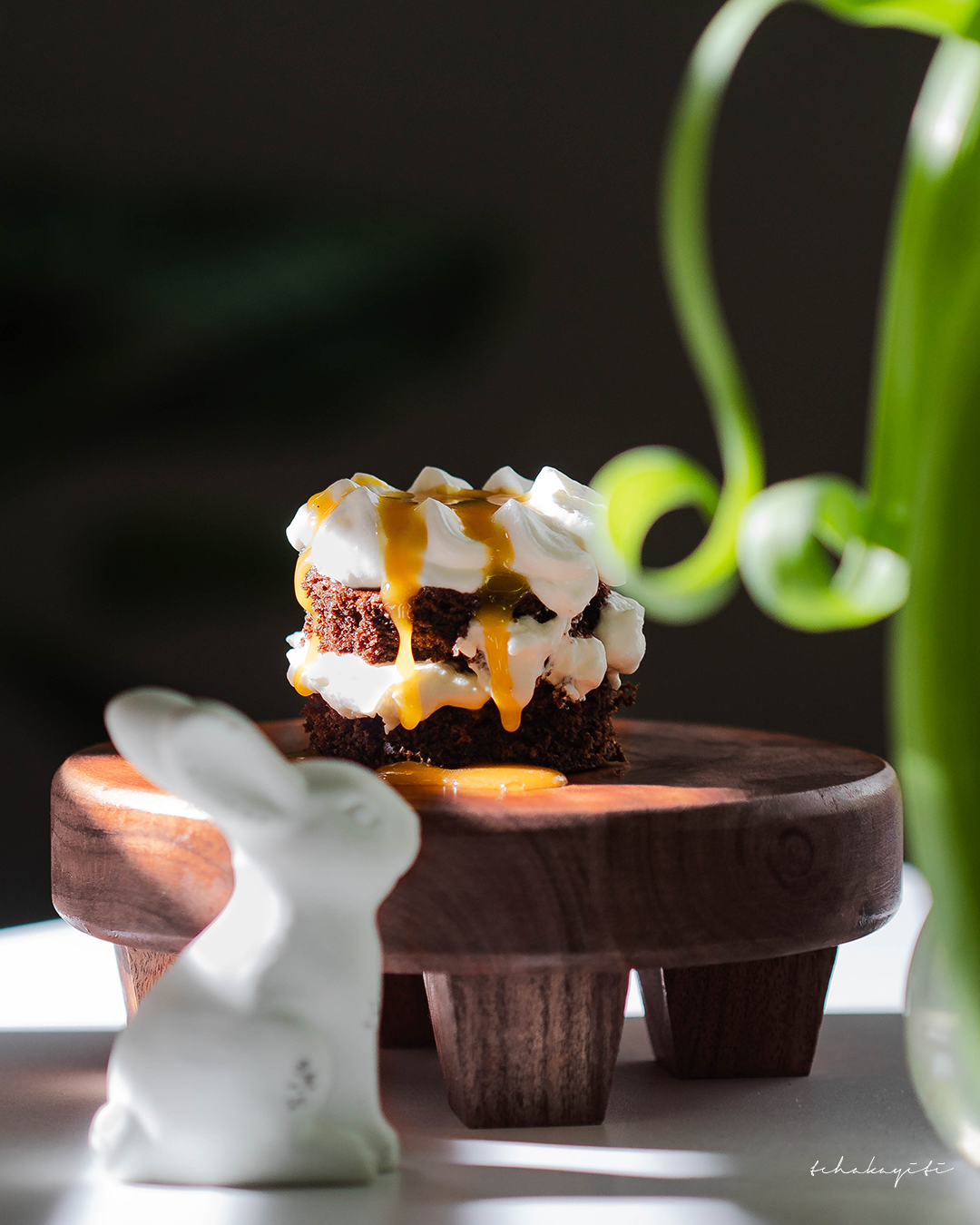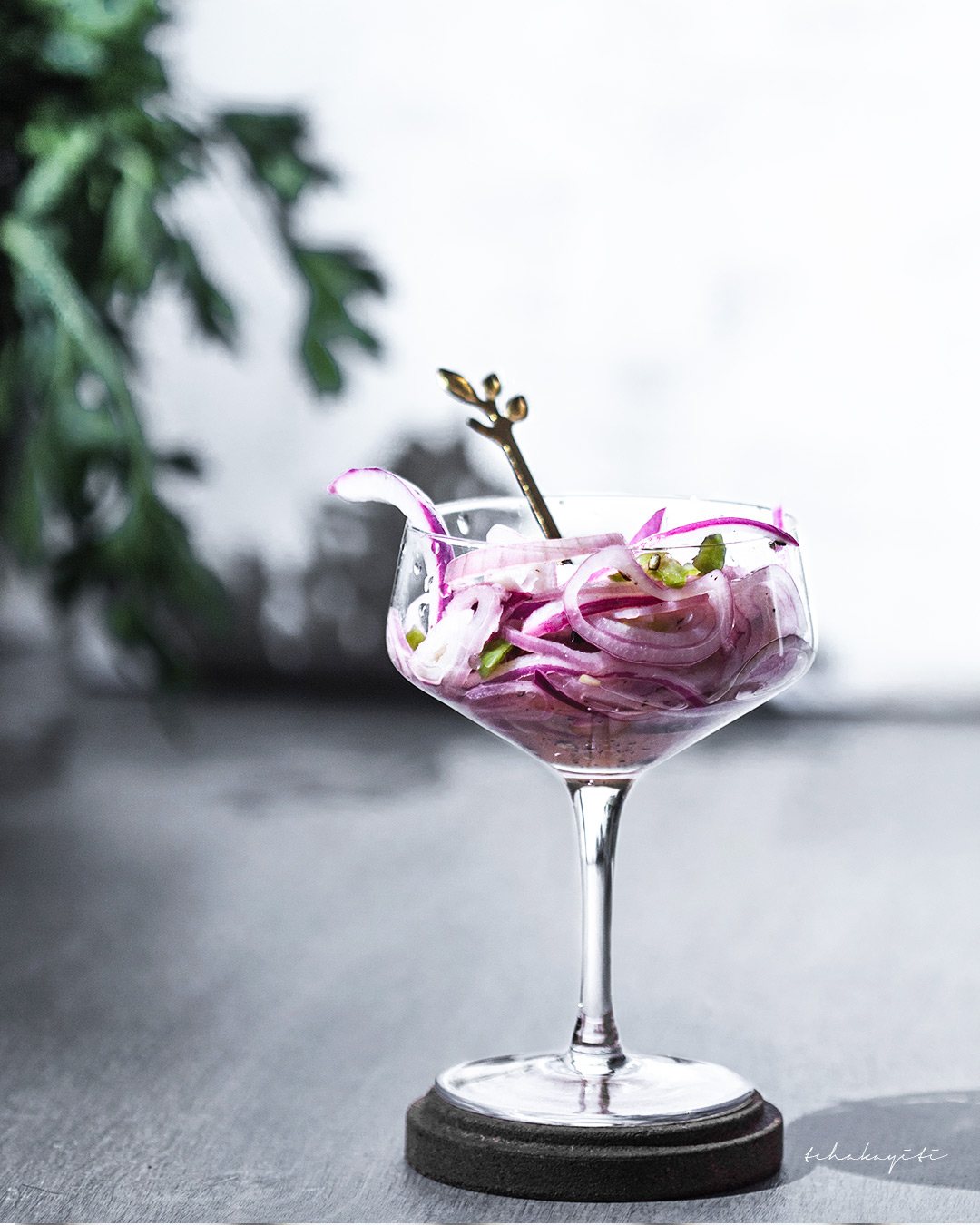My grandmother’s dining table on a weeknight; eight regulars; a bowl being passed from one set of hands to the next; someone shouting at the other from one end of the table warning them not to take too many whole beans when pouring their sòs pwa (Haitian bean sauce) over their rice so as to leave enough for me…
That is the tableau I have in mind as I recall the few weeknights I spent at my grandmother’s when I was younger. Those nights I felt like a true queen. Everyone at that table knew I was fond of whole beans. They, thus, made sure I got enough on my plate.
I can still see one of my uncles or aunts carefully filling the oversized ladle with the bean sauce only to lean it on the side of the bowl so as to separate the beans that had not been smashed during the preparation process from the sauce. They always made sure to transfer them to my plate along with a generous amount of bean sauce poured right on top of the two or three spoonful of white rice I had previously requested be put on my plate.
I loved our bean sauce that much.
My rice had to have an equal part of whole beans to bean sauce for my palate to be happy. My love story with that Haitian food staple is that of a vast majority of my compatriots. Just like Haitians cannot eat without rice as mentioned in my previous article about that cereal, they cannot eat without beans either. We simply love our sòs pwa. We spread it on top of our white rice, mayi moulu or even millet, another relatively popular cereal here in Haiti. The perfect complement to each of the above listed items.
Regardless of the chosen cereal, in Haiti, we eat beans on a daily basis throughout the week. To mix it up a bit and avoid being monotonous, we season our sòs pwa with ti salé or lardon. We refer to these salt-cured pork bits as “nanm pwa,” the bean’s soul. We vary the bean variety from one day to the next as well.
Our Haitian food repertoire is actually rich enough for us not to eat the same bean variety throughout the week.
Red, black, white, and green are just a few of the appellations we have for our beans. I could go deeper into the varieties. There are variations within each of those shades and colors. But I’ll refrain from doing so as I may get lost in the process.
I will however add that, throughout my childhood, black beans and white beans were my favorite. However, one type of bean in particular intrigued me. We called it pwa beu (butter beans). Looking back, I am pretty sure my fascination stemmed from the fact that I was also a butter lover at that time. But that’s beside the point here. I clearly had a thing for beans and I still do, to some extent.
I cannot be left alone with a pot of precooked beans.
I still catch myself eating as many cooked beans as possible before reducing them to the puree that will then be liquified, seasoned and turned into our famous sòs pwa. So beloved readers, consider yourselves warned. If you ever invite me over for dinner, please abstain from puréeing all the beans in your sòs pwa. Leave enough for my palate to be pleased. Who knows? I might even sing your praises on this blog one day.
I first published this article on September 3, 2015. The 2020 version includes text revisions, an improved recipe and new pictures.

Sòs pwa, Haitian bean sauce
Ingredients
- 1½ cup uncooked beans
- 4½-5 cups water
- 2 garlic cloves
- ½ bell pepper
- ½ onion
- 1 piment bouc
- 1 thyme sprig
- salt & pepper to taste
- ti salé or lardon optional
- 1 tbsp butter optional
Instructions
- Soak the beans in water overnight or for at least three (3) hours
- When ready to cook, strain the beans
- Transfer to a pressure cooker
- Cover with water
- Add the garlic cloves and cook for about 20 minutes. Your beans should be fork tender at this point
- Once the beans are cooked, separate them in half
- Purée the first half using either a mortar and pestle or a blender. Add some of the cooking water to make the process easier
- Strain the obtained purée and discard the skin
- Mix the purée with the second half of preserved beans and the remaining water
- Season to taste
- Transfer to a pot.
- Add the bell pepper, onion, piment bouc, thyme and lardon (optional)
- Let simmer on low until your bean sauce thickens. The longer you leave it, the thicker your sòs pwa
- Finish with the butter (optional) and serve in a bowl
- Laddle your sòs pwa over some rice, mayi moulen (polenta) or millet, and enjoy.








5 Comments
Your comment is awaiting moderation.
I’m definitely going to use this recipe to make a great Haitian meal for my family and I. Thank you 🙏🏾 so much for this specific and detailed recipe.
Thank you! Looking forward to making this over the weekend. I share your love of beans!
I don’t have a pressure cooker. Is there a way to cook this recipe without the pressure cooker?
You can cook the beans in a regular pot. The cooking time will just be a bit longer. Make sure to soak them overnight first.
Add some doubrey to that pot…. Delicious! This is my daughter’s favorite and I can never make enough of it and it doesn’t make a difference what color bean. She’s this little tiny thing (she’ll just eat it by itself, lol)
I think I’ll make some of that for dinner today 🙂
IL y a le dombwey appele boye dans certaines regions du pays prepare avec de la farine et de l huile qu on ajoutait dans les pois C est vraiment bon moi j aime non seulement les graines de pois mais aussi il faut que la sauce soit concentree pour ne pas dire epaisse